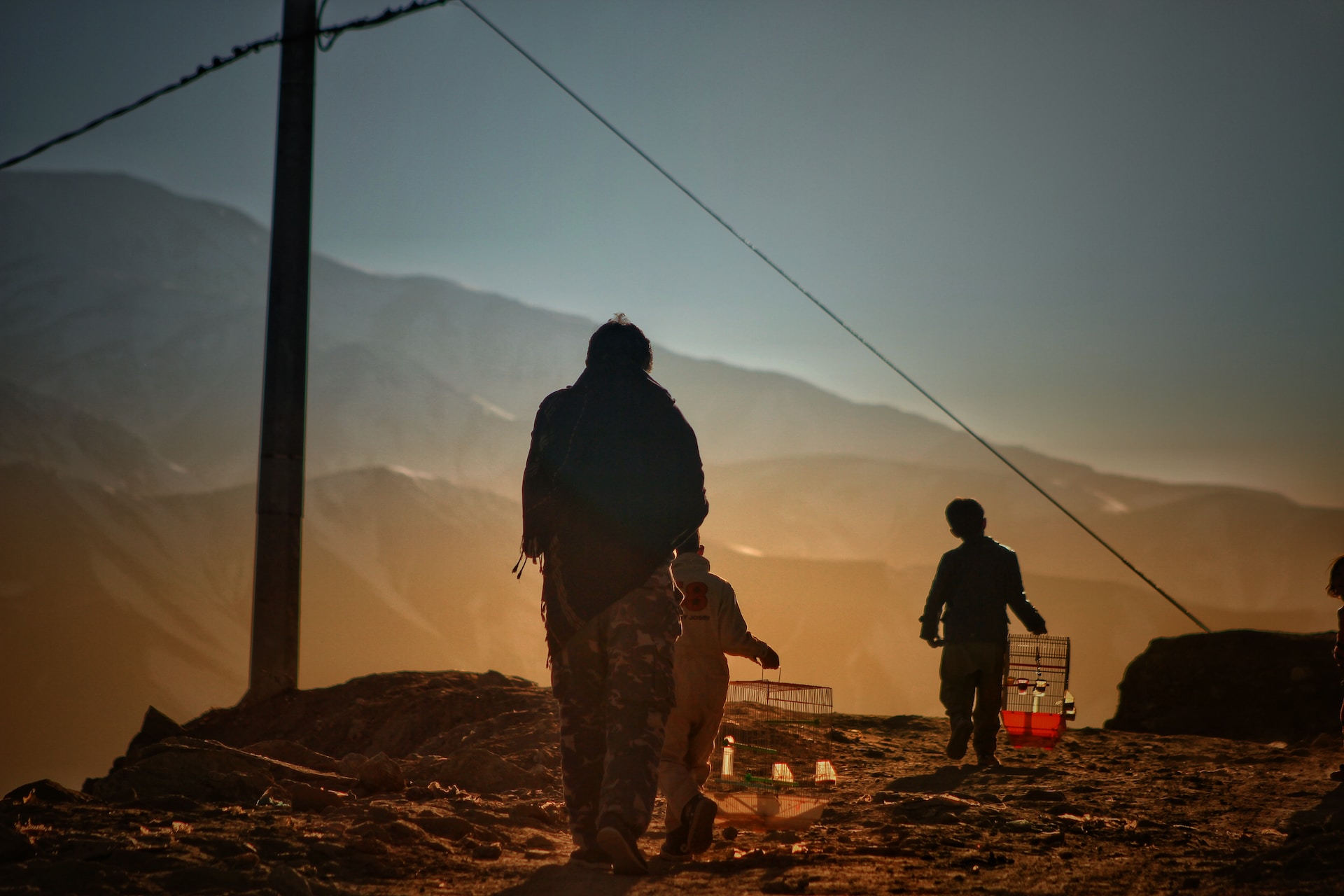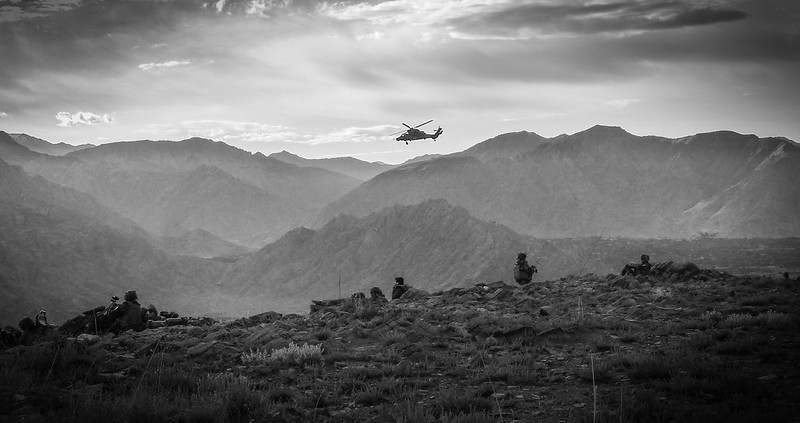As the Taliban develops its state and governance apparatus in Afghanistan, it is also confronted with the unexpected task of developing a counter-terrorism strategy. As Antonio Giustozzi explains, the Islamic State in Khorasan has now turned on the Taliban, drawing attention to the complexity of extreme right-wing terrorism, deeply entrenched as it is in the social fabric of Afghanistan.
In August 2021, the Taliban suddenly went from being an insurgent organisation, not alien to deploying terrorist tactics, to being a government, even if not recognised by anybody as such as yet. The Taliban themselves were shocked by their faster-than-anticipated rise to power, and were caught unprepared. They had to move quickly, and figure out how to (re)organise the state apparatus.
If capturing the state had always been their aim, more unexpected was the fact that they also had to come up with a counter-terrorism strategy. This was because the competing insurgents of the Islamic State (IS) in Khorasan did not wither away, contrary to what many Taliban had expected, who were seeing it largely as a proxy of the previous government, and hence imagined that it would melt away. Instead, after a lull of a few weeks, the IS was back with a renewed campaign of terrorist attacks in the cities, more intense and widespread than the Taliban’s own in earlier years. After initially targeting religious minorities almost exclusively (as it had done before August 2021), the IS gradually widened its targets to include Taliban state institutions and pro-Taliban clerics; eventually, it would start targeting individual Taliban officials.
Indeed, the IS in Khorasan has embarked on a transformation, from being primarily an insurgent organisation which deployed terrorist tactics in urban environments to one almost entirely focused on terrorist campaign. By 2022, it had given up on a half-hearted attempt to wage a guerrilla war in the east, and went completely underground, forming secret cells and abandoning all fixed bases. Once a very centralised organisation willing to challenge its enemies and especially the Taliban on the open battlefield, the IS had to change its modus operandi and adopt a much more decentralised structure.
In order to run a structure based on hundreds of small cells, the IS became dependent on producing a steady flow of reliable cadres. Its original character of being a coalition of disparate hardline Taliban, Tehrik-e Taliban Pakistan (TTP) and Central Asian splinter groups had already been changing over the years. The in-flow of former Taliban and TTP members had largely dried up by 2017 and casualties wore down the original nuclei (which in 2014–15 had come together in the so-called ‘Wilayah Khorasan’ (Khorasan province)). The IS had to rely more and more on other sources of recruits, and found them in the Salafi community and in various radical Islamist groups such as Hizb ut Tahrir, whose ideologies had some contiguity with that of the IS and were mostly active among university students. With that, the ideological unity and ‘quality’ of the IS in Khorasan’s rank and file improved, but the bulk of the new recruits were still poorly educated villagers, typically brought into the organisation by community elders who felt the community was threatened.
After August 2021, Salafi madrasas and university graduates became even more important because of this need for ideologically dependable, even fanatically committed, cadres to staff the small cells that had become the mainstay of the organisation. The Taliban, now the de facto government, cracked down on Salafi madrasas, closing down any that they suspected of supplying recruits to the IS. As a result, the importance of universities as a source of recruits increased further.
The IS in Khorasan managed to establish a strong presence in the universities of Kabul and Nangarhar quite rapidly once it started focusing more on the Salafi community and pious individuals leaning towards Salafism. They were helped by the fact that, in order to stem the influence of the Taliban in the Islamic Law Faculty of Kabul University, the Afghan authorities had encouraged the appointment of Salafi professors, several of whom were later accused of helping the IS recruit among students.
The Taliban did not waste much time in cracking down on IS recruitment in the universities, imposing a strict security regime. Recruitment became harder for the IS, but not impossible, especially as it moved much of its recruitment activity online. My recently published report discusses in detail the adaptation of the IS in Afghanistan’s university campuses, and how it developed a sophisticated system to attract new recruits without taking excessive risks.
In brief, the IS formed specialised cells, each tasked to focus on a particular phase of the recruitment process. A team would identify suitable recruits among Salafi or Salafi-leaning students, known to have poor relations with Taliban security staff, with non-Salafi teachers, or with Hanafi and Shi’a students. These individuals would then be targeted for recruitment, first by a dedicated team inviting them to social media accounts sharing strict Salafist literature and videos. Then, depending on their response, another team would step in, sharing with them more political, pro-IS material via private chats. Finally, assuming the targeted recruit does not bail out, a third team would start face-to-face contact.
*
The Taliban’s security regime has been limiting the ability of the IS to recruit in university campuses to somewhere between 100-200 students per year, according to IS sources that appear quite credible (given also that it seems a relatively modest claim). This number may indeed appear modest, but these recruits then mostly turn into cadres, whom the IS deems of essential importance for maintaining and reinforcing the ideological strength of the organisation. Few of these recruits turn into regular fighters or even commanders; instead, they staff the terror cells or take up the job of trainer/indoctrinator, an increasingly essential role in an organisation that needs to stiffen the ideological conformity of its members. Whereas in the past it was common to recruit members of the Salafi community, even villagers, and induce them into the organisation without much indoctrination, now the three-month-long ideological/religious training courses are much more important, so more trainers are required.
The Taliban have of course noticed the shift towards online activities and have tried to disrupt them with some success. But social media propaganda and recruitment does not need to be carried out locally, at least not entirely, and indeed a growing number of propagandists of the IS in Khorasan are based in Europe and other locations outside Afghanistan. The Taliban are trying to infiltrate their private chats, in order to identify the cells based inside Afghanistan. So far, the IS has been able to maintain the bulk of its social media operations, despite some losses. Overall, the Taliban have been quicker at taking on the mantle of counter-terrorism than many thought they would, but the IS remains a highly adaptive organisation that will likely defy attempts to destroy it.
*
The views expressed here are those of the author and not of the ‘South Asia at LSE’ blog, the LSE South Asia Centre or the London School of Economics and Political Science. Please click here for our Comments Policy.
This blogpost may not be reposted by anyone without prior written consent of LSE South Asia Centre; please e-mail southasia@lse.ac.uk for permission.
Banner image © Mohammad Rahmani, ‘Morning in Kabul, Afghanistan’, 2020, Unsplash.
*







